The content of the article
By a thick-headed head is meant a small representative of Lepidoptera, which differs from a self-similar inconceivable large head. A similar impression is formed due to the fact that the eyes of the discussed individuals are fused at a certain distance from each other. Today it is known that the whole family concentrates about 3.5 thousand varieties, so there is simply no point in discussing each of them. Habitat affects tropical climatic regions. Butterflies are pigmented brightly, which distinguishes them from the rest.
Description
- These tropical creatures, despite their small overall characteristics, develop decent speed when flying. They flap their wings often and can travel great distances. Allocate more than 3.5 thousand species, attributed to daytime inhabitants. All members of the family prefer to stay awake in the daytime, and at night they are in shelters.
- It should be noted the exact characteristics. The butterfly grows up to 1.7 cm along the front wing. It is painted dark brown, beige or yellowish spots flaunt over the entire surface. From the lower section of the hull, greenish outlines can be seen. The male is characterized by the presence of a black mark in the upper part of the body.
- Considering the distribution, it makes sense to highlight that individuals settled in various areas of the globe. They are quite common in European countries, with the exception of Scotland, Scandinavia, Ireland, Corsica, Sardinia. Also found individuals in Asian countries, Siberia.
- Representatives of this breed group can be found in glades and forest edges, near roads, in shrubbery and larch. They live nearby with rivers and other water sources. An interesting feature can be considered that in a year the female gives only one offspring.
- Lepidoptera creatures fly in the summer, but at the end of the season they can hardly be found. As for food, individuals feed on nectar of vegetation. Based on the observations of specialists, these fluttering creatures prefer to masonry in the leaves of cereal crops. The main thing is that the spikelet is perfectly developed.
- The female very carefully and for a long time selects a suitable environment, moving from stem to stem, rising from it up and down. When, finally, the plant is picked up, the masonry is sent to the middle section of the leaf. Since the eggs are flat, a vertical line masonry is obtained.
- Often it consists of 20 units, pigmented in a yellowish tone. After a day, the color changes, the eggs acquire an orange tone. After a while, they turn white, then larvae appear on the light. As a rule, for the caterpillar to develop, it takes no more than 2 weeks, provided the weather is good. After the birth of the caterpillar, they immediately begin to weave a cocoon in the winter season.
Habitat
- Places of flight of the considered individuals are parks, forest edges, slopes and meadows. The distribution range of insects is observed mainly in Europe. In addition, such butterflies can not be found in Northern Scotland, Ireland, Scandinavia.
- In the south, insects are also not found. This applies to Russia, Corsica, Sardinia and Crete. Otherwise, butterflies fly very often in their usual distribution environment. However, in flight a layman will not be able to distinguish such an individual from others similar to it.
- The flight duration of the butterflies discussed lasts from the end of spring to the end of summer. Such a lifestyle leads only one generation. In the caterpillar stage, they winter.As for the preference for fodder plants, they feed mainly on wild-growing cereals.
Characteristics
- Fatheads have their own family. It is in it that a small number of butterflies enter, from which you can see a large head and a fairly strong body. Such individuals boast a maneuverable and fast flight.
- Thanks to the variegated color, the individual can be masked without any problems. Therefore, if the butterfly sits in one place, it will be almost impossible to notice. Even during takeoff, it is extremely difficult to catch.
- In the field, some species of thick-headed are almost indistinguishable from each other. It is worth noting that one of the most beautiful and largest species of such insects is the commander thick-headed. In such an individual, the wings on the top have a buffy-yellow color, and the edges are painted in dark color. Yellow streaks are also observed.
Presented butterflies are unique among similar insects. Fatheads also have several subspecies. Such butterflies differ in size and beautiful color.



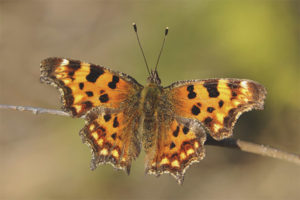

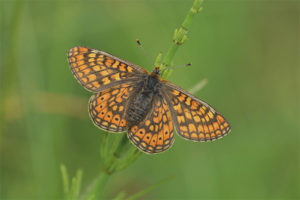
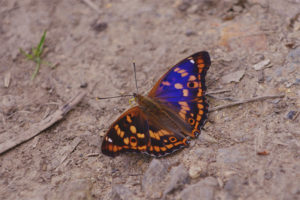

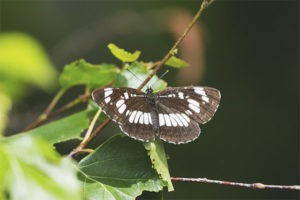
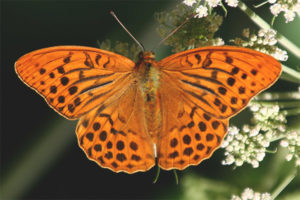
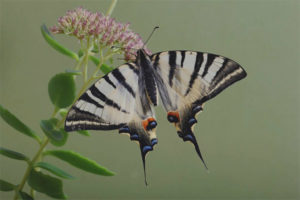
Submit